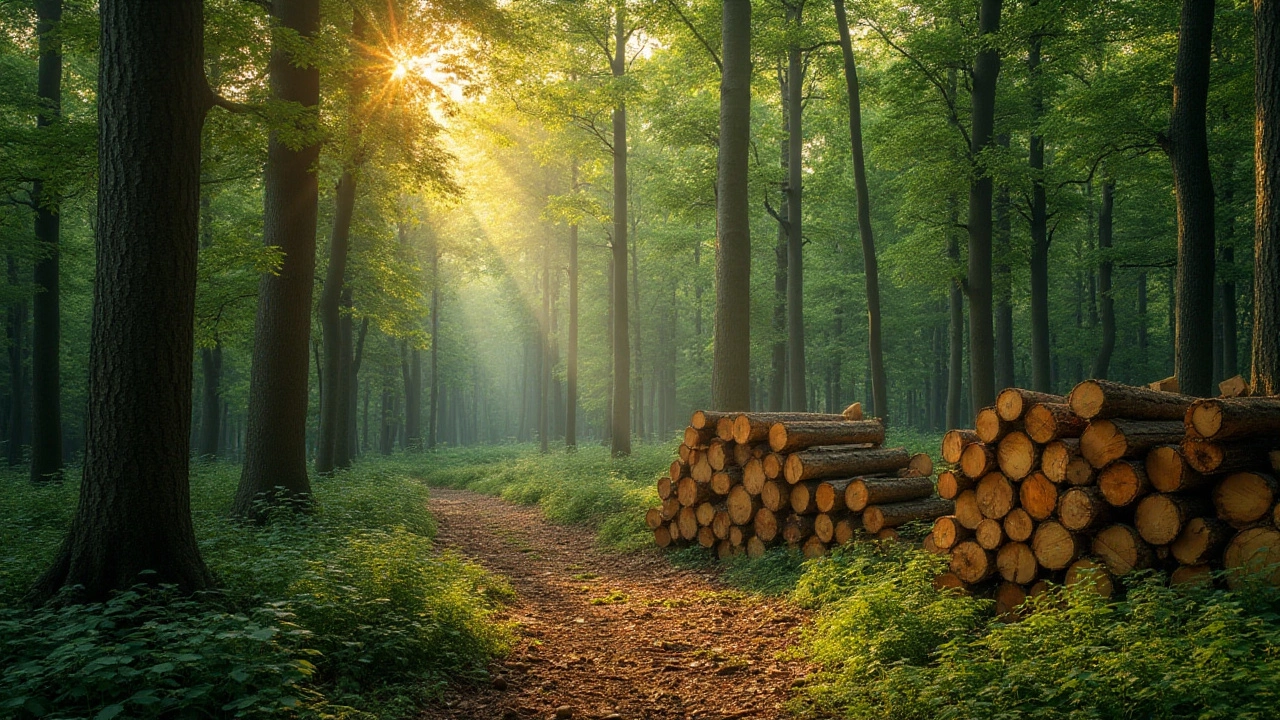IKEA Wood Sourcing: What You Need to Know
If you’ve ever bought an IKEA table, you’ve probably wondered where the wood comes from. The answer isn’t a mystery – IKEA has a clear set of rules that tell suppliers how to grow, cut, and ship timber responsibly. Understanding those rules helps you see why IKEA furniture feels sturdy and why it’s greener than many competitors.
First off, IKEA only works with forests that have a legal right to cut trees. That means no illegal logging, no cutting protected species, and no land grabs. The company checks every shipment against national forest laws and makes sure the paperwork is solid before the wood even leaves the sawmill.
Why Sustainable Wood Matters
Using sustainable wood protects the planet in three simple ways. One, it keeps forests from disappearing, so wildlife keeps a home. Two, properly managed trees store carbon, which helps fight climate change. Three, replanting ensures there’s fresh wood for the next generation of furniture. When IKEA follows these steps, the carbon footprint of each chair drops dramatically.
Customers notice the difference too. A solid oak chair from a certified forest looks richer and lasts longer than a particle‑board piece that used cheap, unverified timber. That durability means you replace furniture less often, saving money and resources over time.
How IKEA Checks Its Suppliers
Every supplier must sign IKEA’s Forest‑Positive Policy. The policy asks for three things: proof of sustainable planting, a clear map of harvest zones, and a third‑party audit from groups like FSC or PEFC. If a supplier can’t provide an audit, IKEA cuts ties.
Audits happen on‑site, not just on paper. Inspectors walk the forest, count tree ages, and compare them to the company’s planting records. They also test soil health and water flow to make sure the forest stays balanced after logging.
When a forest passes, IKEA labels the wood with a traceable code. You can scan that code on the product page and see the exact forest, the species used, and the year it was harvested. Transparency builds trust – you know exactly what you’re buying.
Another piece of the puzzle is IKEA’s commitment to using reclaimed wood. Some collections blend new, certified timber with reclaimed planks from old buildings. This not only gives a unique look but also reduces the demand for fresh trees.
In practice, these rules mean you get furniture that feels solid, looks natural, and carries a lower environmental impact. If you care about the planet, checking the wood source is a quick way to make smarter purchases.
So next time you browse IKEA’s catalog, look for the FSC or PEFC badge. That tiny logo tells you the wood passed a strict sustainability test and that the piece you’re buying supports responsible forest management.
Bottom line: IKEA’s wood sourcing isn’t just a marketing line – it’s a set of concrete actions that protect forests, lower carbon emissions, and give you furniture you can feel good about. Knowing the process lets you pick pieces that match your style and your values.
Where Does IKEA Source Its Wood for Bookcases?
IKEA, a global furniture giant, is well-known for its affordable and stylish bookcases. The company sources its wood for these products from various regions worldwide, primarily focusing on sustainability and responsible forestry practices. Regions such as Europe and China are significant contributors to IKEA's wood supply, providing materials used in many of its iconic bookcase designs. This article delves into IKEA's wood sourcing strategy, explores the sustainability credentials, and offers tips on selecting eco-friendly bookcases.
More
